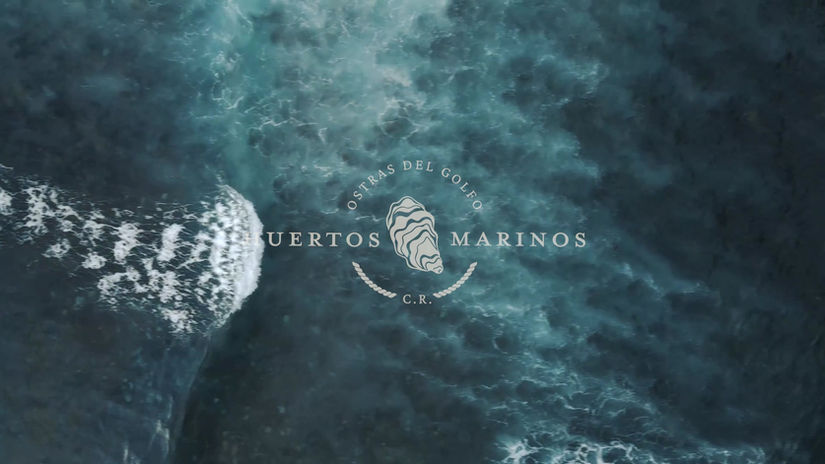
Learn more about
Huertos Marinos
A world of flavors of the sea.
Coast and Island
Our location on land and sea
Located in the vibrant fishing community of Costa de Pájaros, our oyster farm thrives in the heart of Costa Rica's Pacific Coast, in the Gulf of Nicoya.
With neighboring communities such as Chomes, Punta Morales and Manzanillo, it is only two and a half hours from San José.
The farm is located 800 meters from the mainland, next to La Pajarita Island, an island that receives its name from the fact that it is home to a large number of birds, home to the 44 species of shorebirds recorded in the Gulf.

Island Pájarita
Farm history
Huertos Marinos emerged in 2014, being the third oyster farm in the country. During the first 5 years, the oyster sector only had a small oyster seed production laboratory, which meant that the quantities for sale were very low.
Starting in 2019, the new seed production laboratory was inaugurated at the UNA Biological Station in Punta Morales (a town near Costa de Pájaros). This allowed us to increase the amount of oysters for sale. Hhowever, at the beginning of 2020, the Pandemic was on the verge of bankrupting the company. With many difficulties we managed to survive and starting 2021 we began a process of growth and expansion.


The platform

Cultivation Method
The oyster farming method used in Costa Rica is known as “Long Line.” This consists of a rope of approximately 100 meters attached to two anchor points. The rope is kept afloat by buoys ("pichingas" and/or recycled gallons) that prevent the rope from sinking. Each buoy has a lantern or box below that houses a variable number of oysters depending on their size. When the oysters are small, a lantern can hold up to 2,000 units, while when they are large there are on average 200 to 300 oysters.

Productive process
In Costa Rica, oyster cultivation is a highly technical process that involves high production costs. The process begins when the National University of Costa Rica (UNA) provides us with oysters in their initial stage, known as oyster seed, which measures approximately 2.5 mm. This stage is known as oyster seeding, due to the similarity of the process to that of agriculture, but instead of land, our oysters grow in the sea.
To protect them while they develop, we place the oyster spat in special bags designed to allow the passage of food but not the access of predators. It is an important change, as our oysters go from a controlled laboratory environment to a natural marine environment. This is where a meticulous care process begins to ensure its healthy and optimal growth.




Thousands of oyster seed
During the first two months, the oysters undergo the "splitting" process, where they are cleaned and sorted regularly to ensure optimal development. From the seventh month, we begin the harvest. Each oyster has been removed from the sea at least 25 times at this point, ensuring its strength and quality. We select oysters of 7 cm or more for harvest, meeting the demand for weekly orders and offering a variety of sizes ranging from 7 to 11 cm.
Institutions Involved
Oysters certified by UNA and SENASA
SENASA
National Service for Agri-Food Health and Quality
It's the regulatory authority in Costa Rica that certifies the quality and safety of food, including our oysters. Their seal of approval guarantees that our oysters meet the highest quality and safety standards, giving our customers peace of mind about the freshness and safety of our products.

UNA
National University of Costa Rica
The National University of Costa Rica, or UNA, collaborates with us by providing laboratories and specialised technicians to optimally purify our oysters. This partnership guarantees that our oysters are subjected to the most rigorous quality and safety standards, giving our customers confidence in the freshness and purity of our products.












